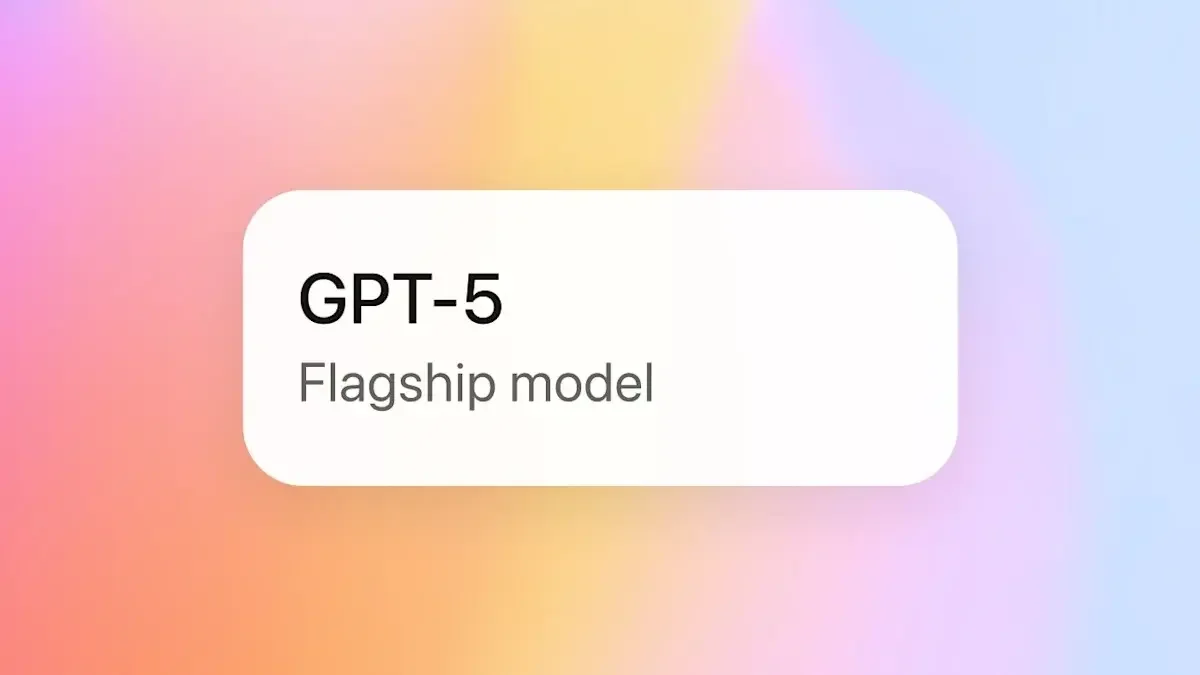One of the attributes that sets great product managers apart from the good ones is their ability to manage stakeholders. With that in mind, here's a round-up of some of the best advice we’ve found to help you move from good to great.
Who are they?
Mind the Product’s Managing Director Emily Tate defines a stakeholder as “anyone you interact with, or anyone who wants to interact with your product”. That means your entire company, as well as that person on Twitter sending you their problems.
Your first step is to identify them (an open kick-off meeting can be an effective way to facilitate this) then map them out and interview them. Learn about what they know and what they want.
Sounds straightforward? But if you’re new to a role, it may not be easy to work out who all your stakeholders are. We’ve spoken to Karen Rawson, now Director of Product Management at Cision, about this in the past. She’s found ProductPlan’s stakeholder analysis checklist very useful to her in the early days at a new job. She’s also used a series of videos from Product Board, The dangerous animals of product management to help her identify executives and internal influencers This assigns names to each animal type, helps you to understand their characteristics and behaviours, and what success means for them. Then you should be able to work out who your champions will be and who might be tricky to deal with.
Make a good first impression
Stakeholder relationships are easier to manage if they start well, so it’s worth going the extra mile when you first engage with your stakeholders.
Prepare for that first meeting with them. Think about some of the effective sales techniques you’ve seen: active listening, showing empathy, mirroring techniques to establish rapport. Nichole Mace, VP of Product Growth at Pendo, works remotely and suggests perhaps sharing something personal to establish a connection with your stakeholder. Not everyone will respond to this but it’s always worth a go.
Keep them engaged
If your relationship with your stakeholders is to be successful then you need to keep engaging with them. Think about who they are and what they need to know. This means giving them touchpoints and keeping up contact, and having regular 1-2-1s with those who are most key. It may be as easy as just sending the odd Slack message or comment, or five minutes of chat before you start a meeting, either in-person or remote.
This won’t work for everyone: inevitably some stakeholders will only want to know when your decisions affect them. They may get irritated by continual requests to engage with you. Use your discretion and exercise your people management skills to understand what’s appropriate to whom.
Fancy another framework to help with this? Coach Julia Whitney came up with this CREDiT framework (that’s Commonality, Reciprocity, Empathy, Differences and Trust for you) to help build strong relationships with stakeholders. Randy Silver, product coach and co-host of our Product Experience podcast is an advocate of this one. He also likes Emily Webber’s Team Onion framework, which helps you bring the right people together to build your “team onion’s rings”, and is designed to keep teams small, break down silos and create shared responsibility across team boundaries.
Difficult stakeholders
You may find the odd stakeholder who is only focused on the short-term, or who only ever criticises your decisions, delays giving feedback or fails to understand the speed with which you need to work. Relationships can go south very quickly in such circumstances, and can be particularly difficult to deal with when you work remotely/ asynchronously.
Clear and transparent communication is fundamental here. Acknowledge what’s going on and try to find a comfortable place for both of you – find out what they’re looking for, their main goals, and be explicit about the issues with them. If you can’t agree, then disagree and commit.
It may be an organisational problem that’s at the root of the difficulty – in which case you should have an open discussion about how you can reach alignment. If you can’t, then you should both move the problem further up the organisation.
There will always be a few people in an organisation who can put a stop to what you’re doing. As Nichole says, it’s the worst feeling in the world to have someone say “we’re not ready” when you’re ready to launch something new. Make sure you identify them and understand what they feel they need to know to give your work the green light.
What if they want to be involved in every decision?
Hopefully you can get over this problem by setting out your expectations and understanding of their involvement at the start of your engagement with them.
Then if that doesn’t get you any traction there’s a frank conversation to be had here. If a stakeholder wants to be more closely involved with your project and increase their influence, then they need to understand that they also have to devote more time to it. If you have this conversation then the chances are that they will back down.
Try to see both sides
If a stakeholder raises objections or changes their mind about something, it's probably for a valid reason. There may be other things going on that are causing them to do this, so find out why.
As you can see, fundamentally, successful stakeholder management comes down to clear and transparent communication. Finally, as product leader Shaun Russell commented in this talk from MTP Engage Manchester a couple of years ago, it’s all about being honest about what you want to achieve.
For more insights browse our library of content on Stakeholder Management







